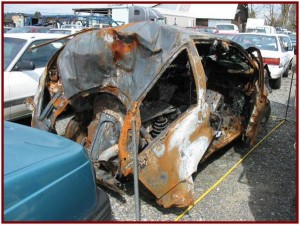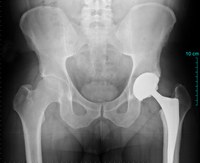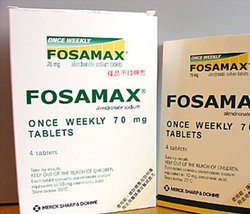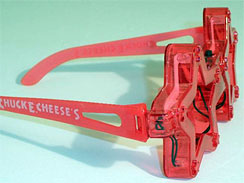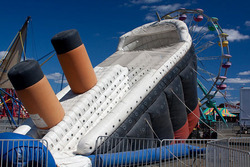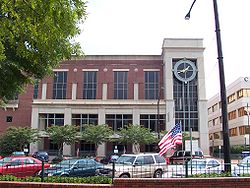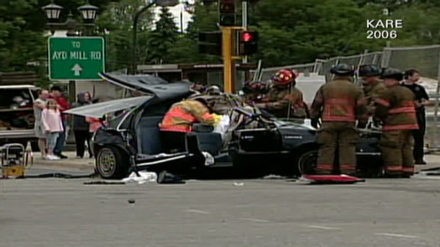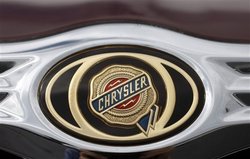 In a 5-4 decision on Thursday, the United States Supreme Court ruled that manufacturers of generic pharmaceutical drugs could not be sued under state law over allegations that they failed to provide adequate label warnings about potential side effects. This ruling should be of a great concern to anyone who uses generic pharmaceuticals.
In a 5-4 decision on Thursday, the United States Supreme Court ruled that manufacturers of generic pharmaceutical drugs could not be sued under state law over allegations that they failed to provide adequate label warnings about potential side effects. This ruling should be of a great concern to anyone who uses generic pharmaceuticals.
In the original lawsuit, Gladys Mensing, alleged that taking a generic form of metoclopramide, a common drug used to treat heartburn, gave her a severe neurological movement disorder. None of the generic manufacturers and distributors of metoclopramide made any effort to include warnings on the label for metoclopramide. Manufacturers of the generic metoclopramide, Teva Pharmaceutical Industries, UDL Labratories, and Actavis Inc. argued that federal law barred such a suit becausethe drug is approved by the FDA, (federal law requires generic drugs only to have the same labels as their brand name equivalents). They argued that because government regulations only require them to have the same label on metoclopramide as is on its brand name equivalent, Reglan, that they had no duty to include additional warnings for their generic form of metoclopramide.
The majority of the court, including Justice Clarence Thomas, who wrote the opinion, sided with the pharmaceutical companies. Thomas stated in his opinion that the federal drug regulations applicable to generic drug manufacturers directly conflict with and thus pre-empt state lawsuits. The net effect of this opinion is that it gives generic drug manufacturers zero liability for medication injuries that could have been avoided by an updated warning label.
 Marietta Injury Lawyer Blog
Marietta Injury Lawyer Blog


